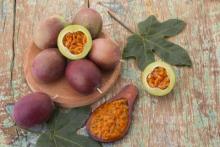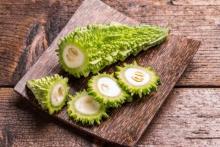How Fasting Enhances Your Body’s Health
Down to the cellular level, the way that we nourish (or fail to nourish) our bodies is often times looked to as the single most important determinant of most everything attached to health. Even in the womb, the mother’s diet influences the child’s development on a genetic level. Yet the time we spend performing the actual act of eating is quite finite: roughly one of our 24 hours…










